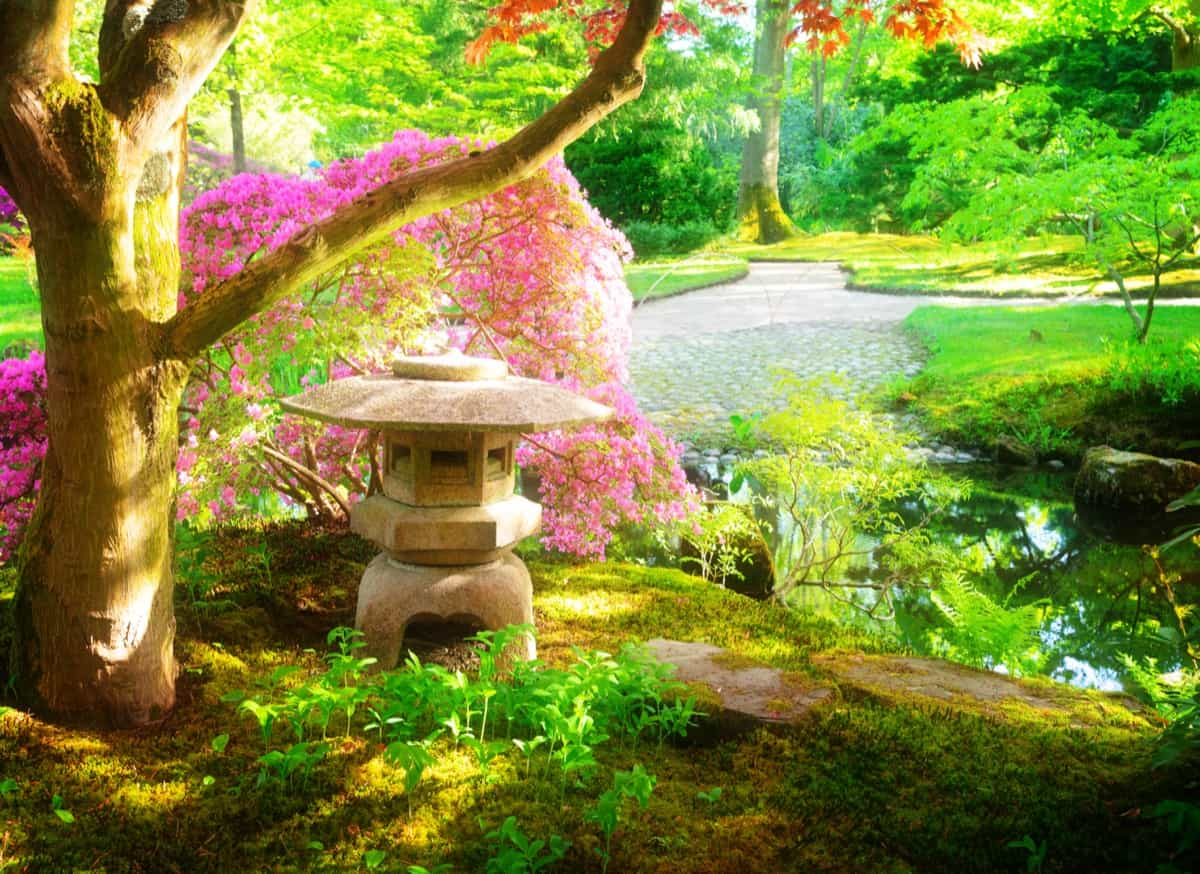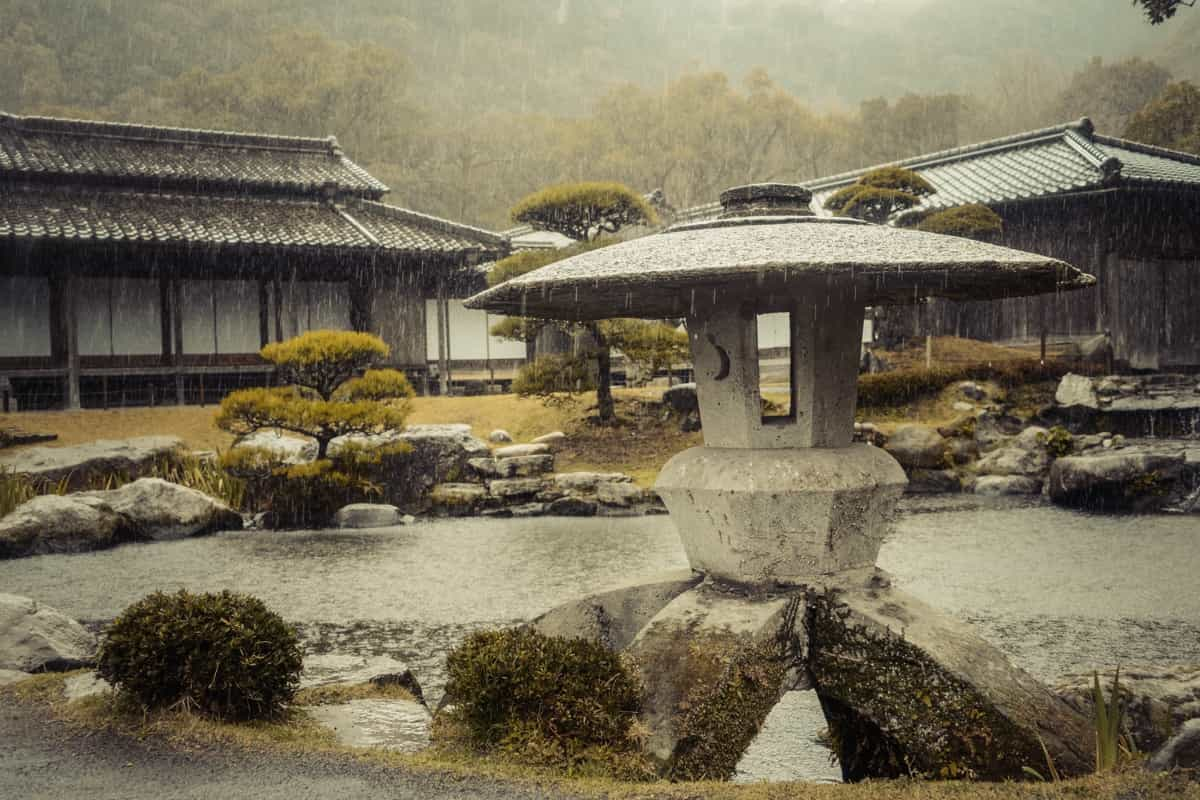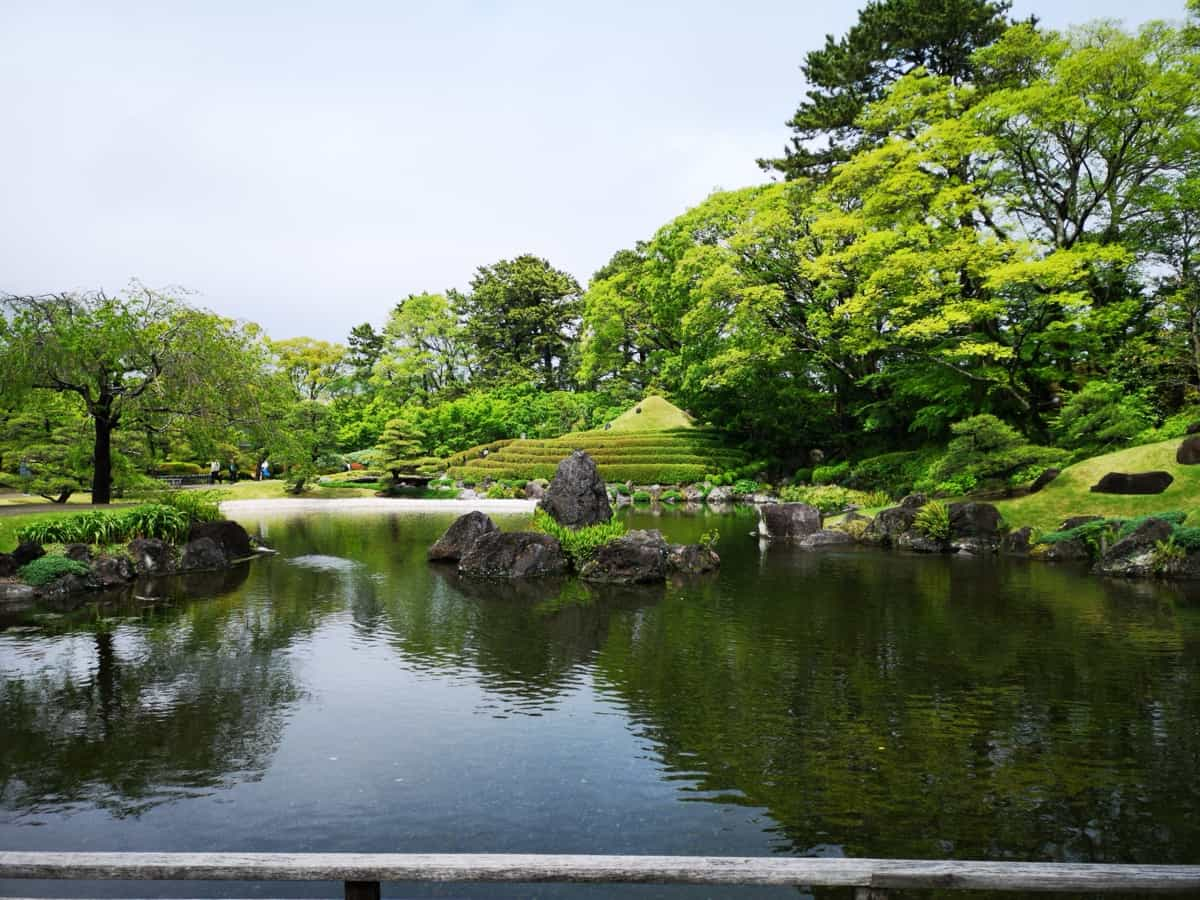For many, the thought of a serene, calming space evokes images of Japanese Zen gardens. The art of building a Japanese Zen garden or crafting Zen garden designs stems from ancient traditions. At the heart of it lies the basics of Japanese garden design, which Zen philosophies have deeply influenced. Let’s dive into the intricate art of creating your own Japanese-inspired Zen garden.

How to Design a Japanese-inspired Zen Garden
Understanding the Principles of Zen Garden Design
Zen garden design is more than just placing stones, sand, and plants; it evokes a sense of peace, balance, and meditation. The main philosophy behind Zen garden design is to create a harmonious environment for contemplation. Simplicity, asymmetry, and the natural appearance of elements are critical aspects. Such a garden is not just for aesthetics but to challenge the mind and promote mindfulness.
Choosing the Perfect Location for Your Japanese-inspired Zen Garden
Selecting the right spot is paramount for the authenticity and tranquility of your garden. Ideal locations are away from noisy areas, with some shade and protection from strong winds. The site should be relatively flat, but if there’s a gentle slope, use it to your advantage by creating elevation with rocks or mounds. Proximity to the house is optional, depending on whether you want the garden to be a focal point or a secluded haven.
In case you missed it: Growing Japanese Plum from Seed: Seed Germination, Planting, and Care

Step-by-Step Guide to Creating a Harmonious Layout for Your Zen Garden
- Start by clearing and leveling your chosen area.
- Sketch a rough design on paper, keeping the basics of Japanese garden design in mind.
- Lay down a weed barrier to prevent unwanted growth.
- Consider asymmetry, use larger stones as focal points, and arrange them in groups.
- Spread a thick gravel or white sand layer, then use a rake to create patterns symbolizing water or waves.
- Intersperse moss or grassy areas among the stone formations for a touch of greenery.
- Add pathways using stepping stones, which will guide visitors and provide structure.
Selecting the Right Plants and Materials for Your Japanese-inspired Zen Garden
The essence of a Zen garden is minimalism. When selecting plants, choose those that provide color and texture but require minimal maintenance. Moss, bamboo, azaleas, and Japanese maples are traditional choices. As for materials, the stones you choose should look natural and be of varying sizes, from large boulders to small pebbles. White sand or fine gravel is the base, contrasting the greenery and stones.
Creating Tranquility with Water Features in Your Zen Garden
Water is symbolic of purity and life’s flow in Japanese culture. Adding a water feature, such as a simple basin, a flowing stream, or a koi pond, can elevate the sense of tranquility in your garden. The gentle sound of trickling water is meditative and blends seamlessly with the Zen garden’s philosophy. When incorporating water, ensure it looks natural, using rocks to border or guide its path.
Incorporating Traditional Japanese Elements into Your Zen Garden Design
While the foundation of a Zen garden is the interplay between rocks, sand, and plants, integrating traditional elements can make your garden stand out. Consider adding stone lanterns, which provide gentle illumination and symbolize enlightenment. Wooden bridges over water features or pathways symbolize the journey of life. Bamboo fences or gates can offer a sense of seclusion. Torii gates, often associated with Shinto shrines, can be a powerful focal point, symbolizing the transition from the mundane to the sacred.
Building a Meditation Space in Your Japanese-inspired Zen Garden
Within the calm confines of a Japanese Zen garden, a meditation space serves as a sanctuary for introspection and peace. Begin by selecting a quiet corner or a central spot shielded by plants or rocks. Lay a flat stone or a wooden platform, which will serve as the foundation for sitting or placing a meditation cushion.
In case you missed it: Japanese Gardening Design: Principles, Elements, and History

Surround this area with bamboo screens or shrubs for added privacy, ensuring there’s still a view of the garden’s key elements. A simple stone statue or a ceramic bowl with water can be positioned nearby, providing a focal point for meditation. The essence is to create a space where you feel centered, undistracted, and connected to nature.
Maintaining the Serenity of Your Zen Garden
Regular maintenance is essential for a Zen garden to retain its tranquil allure. Start with the sand or gravel areas, raking them periodically to refresh the patterns and remove debris. Remove any weeds that sprout, ensuring they don’t disrupt the garden’s aesthetics.
While chosen for minimal care, plants will still need occasional pruning to retain their shape and prevent overgrowth. Water features should be checked for algae buildup and kept clean. If you have a pond, ensure the water remains clear, and the fish are well cared for. Maintenance, in the context of a Zen garden, becomes a meditative practice, fostering mindfulness and a deeper connection with the space.
Enhancing the Aesthetics of Your Zen Garden with Lighting
Strategically placed lighting can transform your Zen garden, making it equally captivating during the evening as it is in daylight. Soft, ambient lighting is the key. Use lanterns, either stone or bamboo, placed along pathways or near water features. Solar-powered LED lights can be nestled among rocks or plants, casting gentle shadows and highlights. If you have trees, consider uplighting them to create depth and drama. Always ensure the lighting remains subtle, never overpowering, as the goal is to enhance the garden’s features without detracting from its serenity.
Adding Personal Touches to Your Japanese-inspired Zen Garden
While adhering to traditional elements brings authenticity to your Zen garden, personal touches infuse it with your unique energy. Integrate objects or artifacts that resonate with you, be it a wind chime, a handcrafted bowl, or a favorite sculpture. Souvenirs from your trips can be delicately incorporated if you have traveled to Japan or elsewhere.
Perhaps you might add a stepping stone engraved with a personal mantra or place a cherished stone collected from a memorable location. These personal additions create a deeper emotional connection between you and the garden, making it a space of Zen and a reflection of your journey and experiences.
In case you missed it: How to Grow and Care for Japanese Maple: Planting Instructions

Conclusion
The Japanese-inspired Zen garden is a testament to the harmonious blend of nature, philosophy, and personal introspection. As you embark on this journey, crafting each element with care, you create an external space of beauty and tranquility and forge a deep, internal connection with the essence of nature and self. The rhythmic patterns in the sand, the gentle whispers of leaves, and the muted glow of evening lanterns all converge to tell a story of timeless serenity and mindful existence.
As you integrate traditional designs with personal touches, the garden evolves, becoming a mirror reflecting both ancient wisdom and individual journeys. Maintained with love and adorned with memories, this Zen garden serves as a sanctuary, beckoning one to pause, breathe, and find solace amidst life’s ebb and flow.
- Feed Your Flock for Less: Top 10 Tips to Save on Chicken Feed
- Ultimate Guide to Ossabaw Island Hog: Breeding, Raising, Diet, and Care
- Hatching Answers: The Top 10 Reasons Your Chickens Aren’t Laying Eggs
- Eggs and Economics: Breaking Down the Cost of Raising Backyard Chickens
- Defend Your Greens: Proven Methods to Keep Iguanas Out of Your Garden
- Ultimate Guide to Cinnamon Queen Chicken: A Comprehensive Guide for Beginners
- Ultimate Guide to California Tan Chicken: Breeding, Raising, Diet, Egg-Production and Care
- Ultimate Guide to Marsh Daisy Chicken: Breeding, Raising, Diet, and Care
- 10 Types of Chicken Farming Businesses You Can Start for Profits